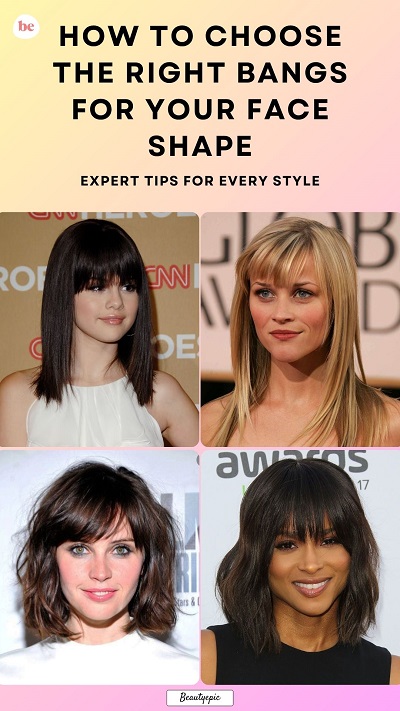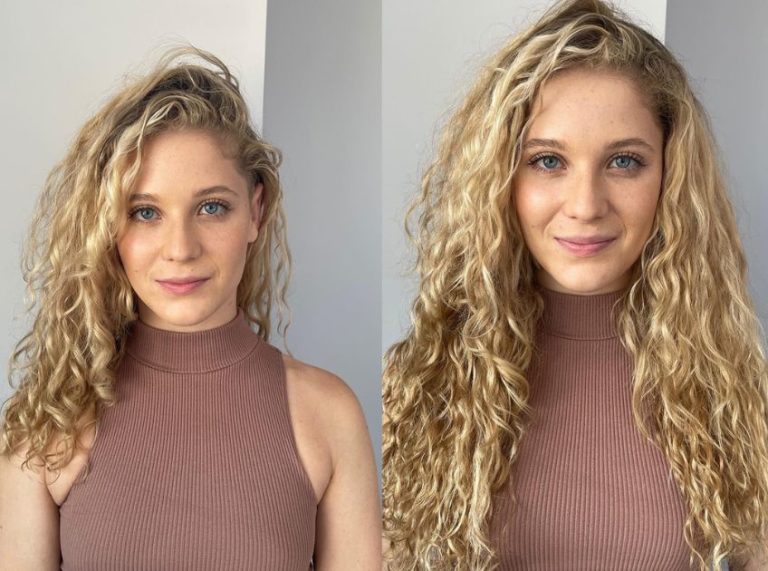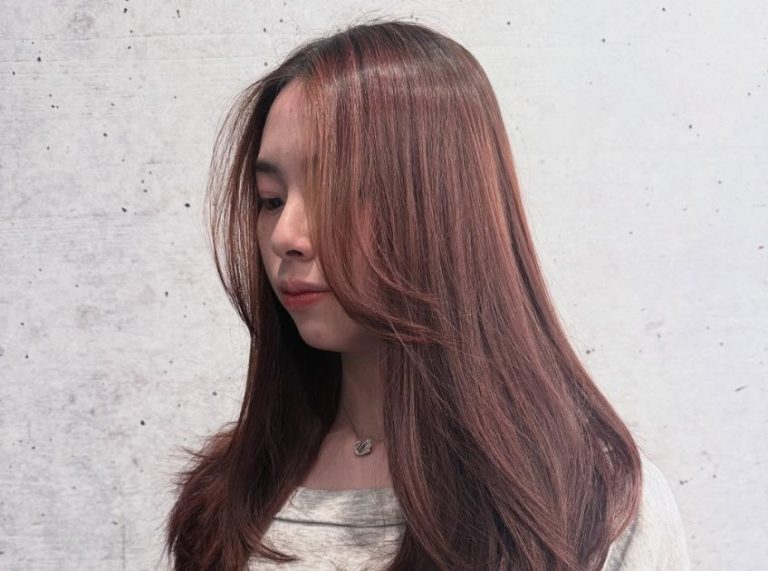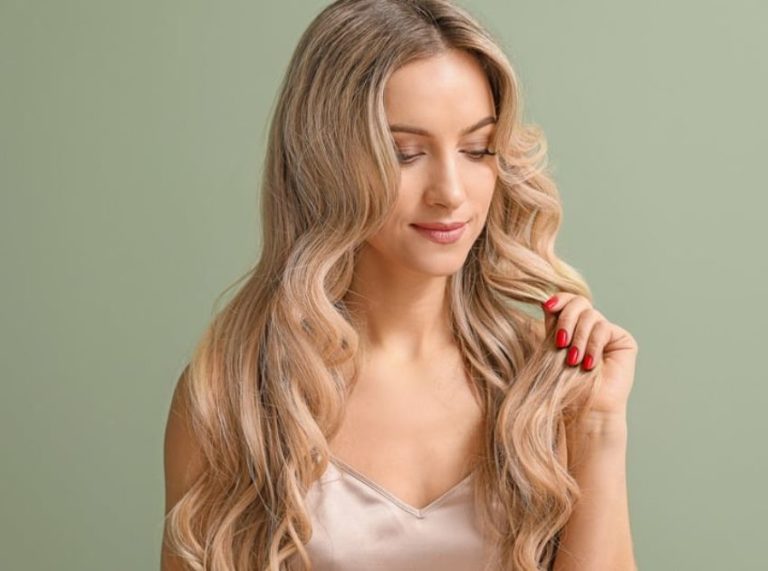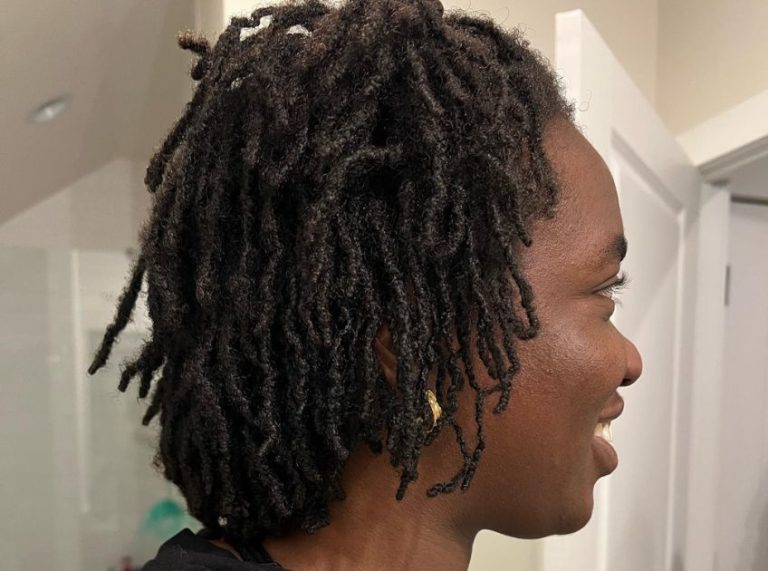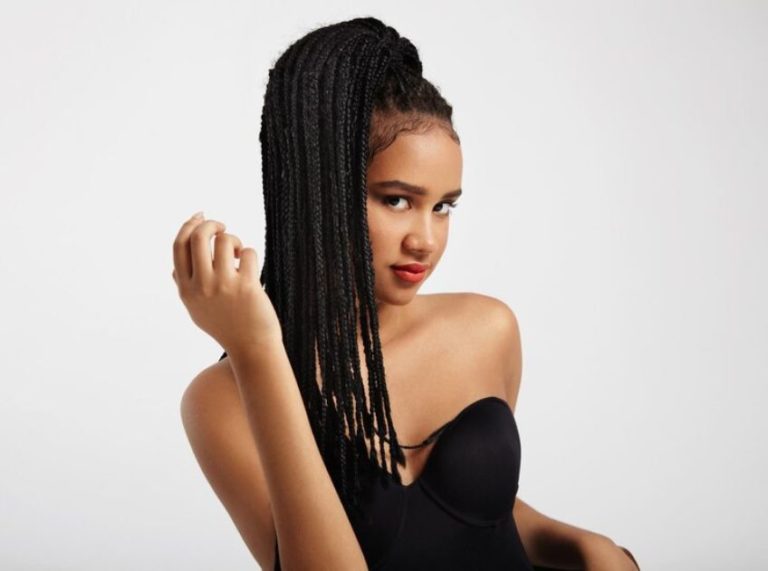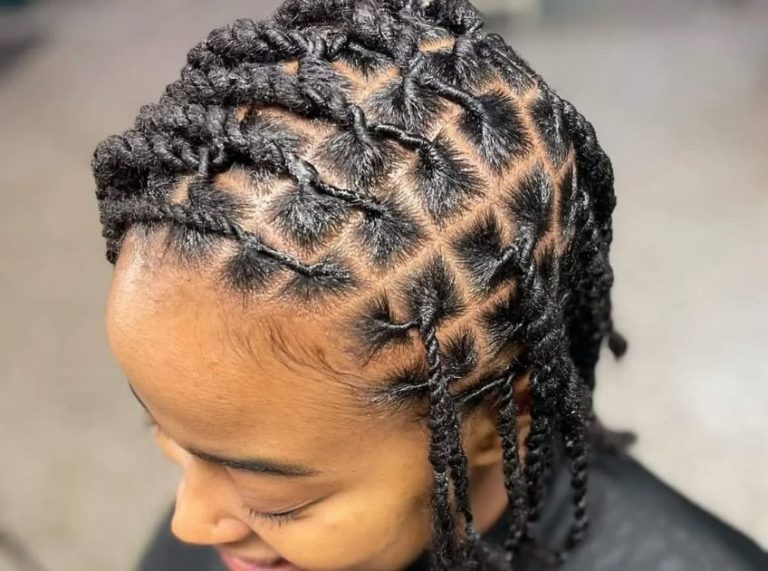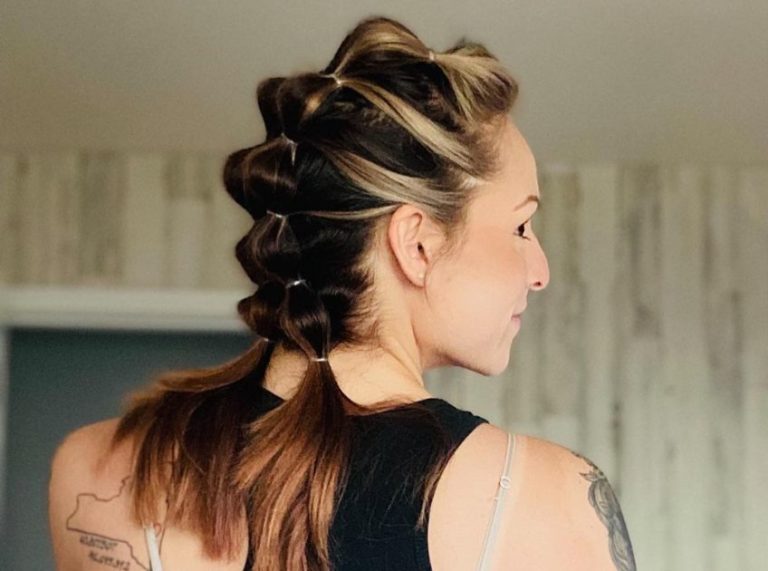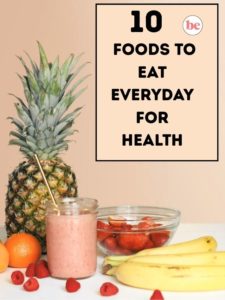
Important: This article is for informational purposes only. Please read our full disclaimer for more details.
Bangs can transform your look in seconds, but not all fringe styles flatter every face shape. If craving a soft curtain bang, edgy micro fringe, or full-on blunt bangs, it’s essential to match your bang style with your facial features. Choosing the right bangs enhances your bone structure, softens sharp angles, and balances proportions—when done right, they can highlight your best features beautifully.
This expert guide will help you pick the most flattering bangs based on your face shape, hair type, and styling preferences.
Article Contains
- Know Your Face Shape First
- Bangs for Oval Face Shapes: You’ve Got Options
- Round Faces: Slim & Define with Angled Bangs
- Square Faces: Soften Strong Angles
- Heart-Shaped Faces: Balance a Wide Forehead
- Long or Oblong Faces: Add Width with Full Fringe
- Diamond Faces: Soften and Frame
- Pro Tips to Keep Your Bangs Looking Their Best
1. Know Your Face Shape First
Before diving into bang styles, identify your face shape. Here’s a quick guide:
- Oval: Balanced length and width, softly rounded jawline.
- Round: Width and length are similar; softer angles.
- Square: Broad forehead and jaw with angular lines.
- Heart: Wide forehead, defined cheekbones, narrow chin.
- Long (Oblong): Face length is noticeably longer than width.
- Diamond: Narrow forehead and chin, wider cheekbones.
Use a mirror or selfie to trace the outline of your face and determine which shape you most resemble.
2. Bangs for Oval Face Shapes: You’ve Got Options
Best Bangs
- Long curtain bangs
- Side-swept bangs
- Blunt or wispy fringe
Why it Works
Oval faces are the most versatile, meaning nearly every bang style will work. Soft, parted curtain bangs can open up the face, while blunt fringe creates drama and frames your features.
Expert Tip
Avoid anything too heavy that covers your brows completely—it may overshadow your naturally balanced features.
3. Round Faces: Slim & Define with Angled Bangs
Best Bangs
- Side-swept bangs
- Wispy curtain bangs
- Asymmetrical fringe
Why it Works
Side-swept and layered bangs elongate your face, making it appear slimmer. Steer clear of blunt, straight-across bangs, which can make your face look rounder.
Expert Tip
Ask your stylist to cut bangs that start longer at the sides and taper softly—this adds structure and visually narrows the face.
4. Square Faces: Soften Strong Angles
Best Bangs
- Wispy fringe
- Long layered bangs
- Curtain bangs
Why it Works
Soft, wispy textures help break up the sharpness of a square jawline. Curtain bangs parted slightly off-center can draw attention away from angular features and add movement.
Expert Tip
Avoid blunt or too-short bangs, which can make the forehead and jaw appear boxier.
5. Heart-Shaped Faces: Balance a Wide Forehead
Best Bangs
- Long side-swept bangs
- Crescent bangs (longer at the edges)
- Wispy curtain bangs
Why it Works
Heart-shaped faces often benefit from fringe styles that draw attention away from the forehead and add softness to the chin area. A well-blended bang balances out the top half of the face.
Expert Tip
Avoid super short or choppy bangs that accentuate the width of your forehead.
6. Long or Oblong Faces: Add Width with Full Fringe
Best Bangs
- Blunt bangs
- Full straight-across bangs
- Curtain bangs with volume
Why it Works
Straight, full bangs help shorten the appearance of a long face by covering the forehead. Layered curtain bangs can also add horizontal balance.
Expert Tip
Keep bangs slightly below the brows to visually cut the face length and make your features feel more proportional.
7. Diamond Faces: Soften and Frame
Best Bangs
- Side-swept fringe
- Curved curtain bangs
- Feathered bangs
Why it Works
Since diamond-shaped faces are widest at the cheekbones, bangs that add softness and width at the forehead work best. Side bangs help highlight your cheekbones without over-emphasizing them.
Expert Tip
Avoid overly thick or rounded bangs that exaggerate narrow areas like the chin or forehead.
8. Pro Tips to Keep Your Bangs Looking Their Best
- Maintenance matters: Bangs require regular trims—every 3–4 weeks—to keep their shape.
- Style wisely: Use a round brush and blow dryer or flat iron to smooth and shape bangs as needed.
- Know your hair type: Thick, coarse, or curly hair may need texturizing or thinning for bangs to lay well.
- Commit (but not forever): Bangs can grow out quickly. If you’re unsure, start with curtain or side bangs—they’re the easiest to grow out.
Frequently Asked Questions (FAQ’S)
Q1: What bangs are easiest to maintain?
A. Curtain bangs or long side-swept bangs are generally the easiest to manage. They grow out gracefully, require fewer trims, and are more forgiving during styling.
Q2: Can I get bangs if I have curly or wavy hair?
A. Absolutely! Curly-haired individuals can rock bangs with the right cut. Opt for longer, face-framing curls or layered bangs and ensure your stylist understands your curl pattern.
Q3: Will bangs make my face look smaller or larger?
A. The right bangs can balance and reshape your face. For example, blunt bangs can shorten a long face, while angled or side bangs can slim round cheeks. It’s all about choosing the right fringe for your face shape.
Final Thoughts
Bangs can be the ultimate style upgrade—adding flair, softness, or edge to your look. But the key is choosing a style that complements your face shape and hair type. Whether you’re going bold with blunt bangs or subtle with side-swept layers, consult a stylist who can tailor your fringe to fit your features perfectly.
